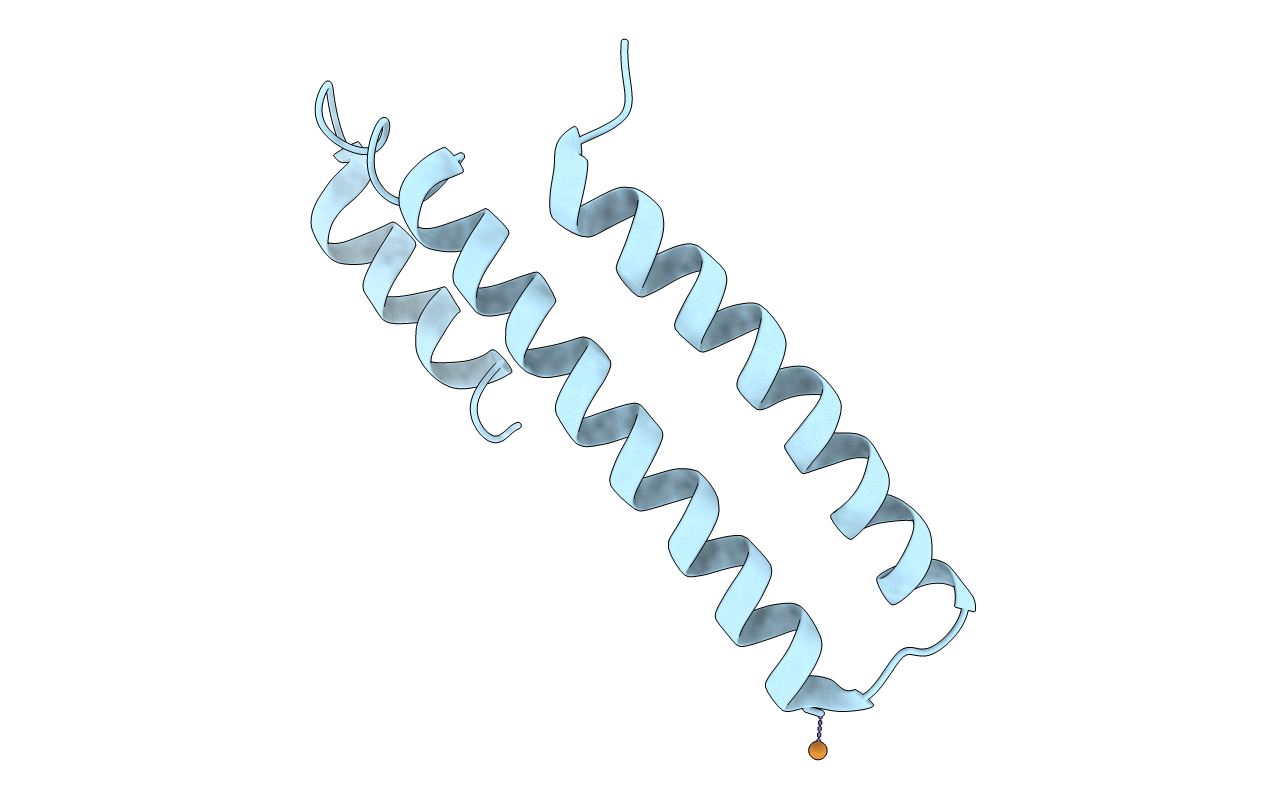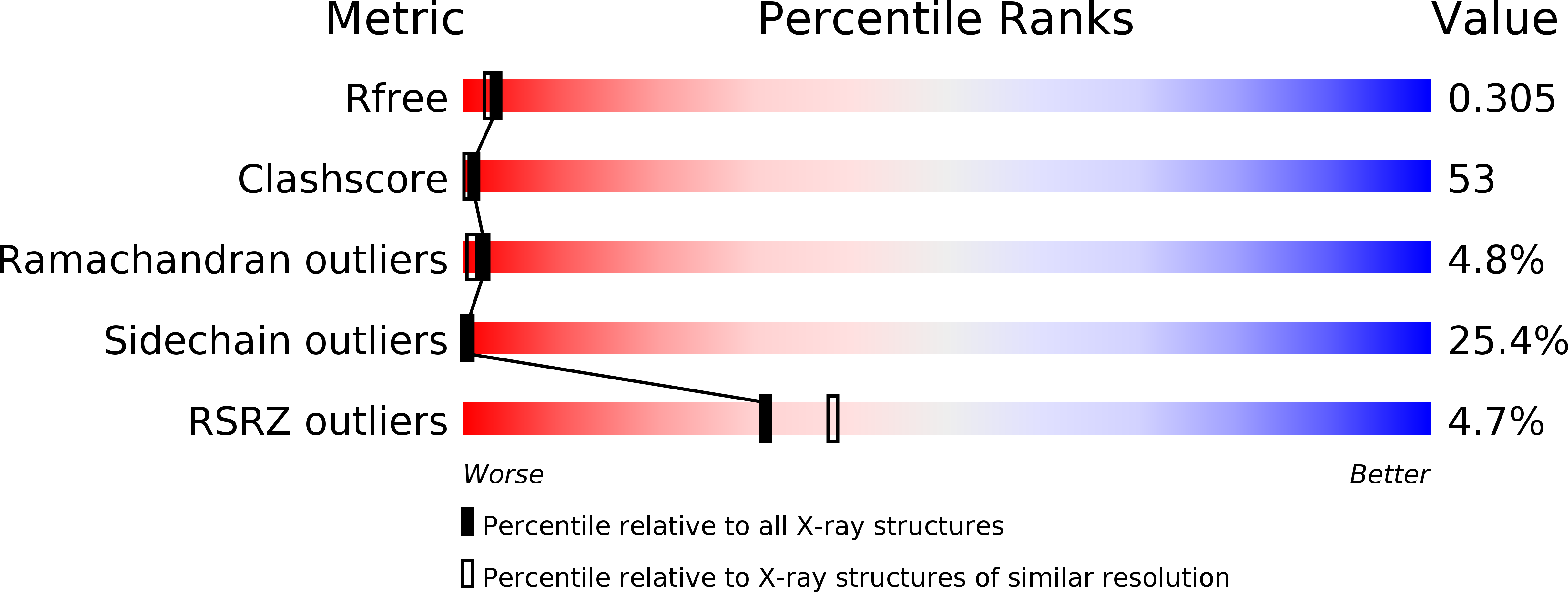
Deposition Date
2006-06-27
Release Date
2006-12-05
Last Version Date
2024-02-14
Entry Detail
PDB ID:
2HH7
Keywords:
Title:
Crystal Structure of Cu(I) bound CsoR from Mycobacterium tuberculosis.
Biological Source:
Source Organism:
Mycobacterium tuberculosis (Taxon ID: 1773)
Host Organism:
Method Details:
Experimental Method:
Resolution:
2.55 Å
R-Value Free:
0.27
R-Value Work:
0.23
Space Group:
P 64 2 2


